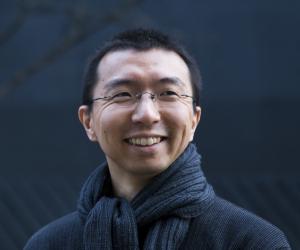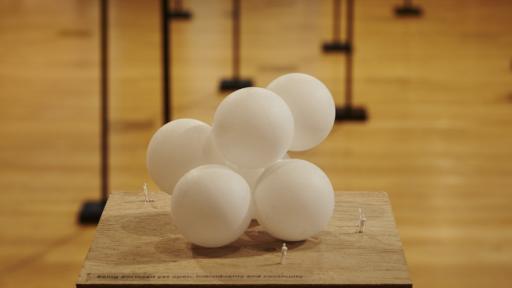Philosophical architect Sou Fujimoto is known for his poetic structures that question the role and the limits of architecture today. His projects become living environments, which create intimate and protected spaces while allowing the user the freedom to behave however they want.
Fujimoto was born on a Japanese island, surrounded by nature. When he moved to Tokyo to study he saw that the structure of the city space had much in common with the natural one: lots of little pieces (leaves or branches or bricks or buildings) that make up sheltered, but connected areas.
Fujimoto’s Serpentine Pavilion in Hyde Park in 2013 brought nature and architecture together. It created interplay between the questions of what is inside and what is outside, what function a space can serve and how you allow people to act in any way they choose.
The complex structure, made up of thin steel pipes that created a grid-like frame, was cloudlike – there were no walls of windows, but the sense of depth and direction changed the view, which was opaque from certain angles and transparent from others.
Good architecture should not define the spaces by the functions, but should have diverse uses and allow people to choose how they use their space. Allowing infinite functions by the potential of the spaces.
Fujimoto also shared a few of his other projects: a glass-walled public toilet that was housed in a walled garden – at once very public and very private. He also talks about the Musashino Art University Library and the Forest of Music in Budapest.
The last project that Fujimoto shares in this talk is the new Mille Arbres area in Paris, a floating forest of 1000 trees over the highway. At exactly 30 metres high the forest is at the same height as most of the Paris skyline (it is not a high city) and nothing blocks the view over the city.









